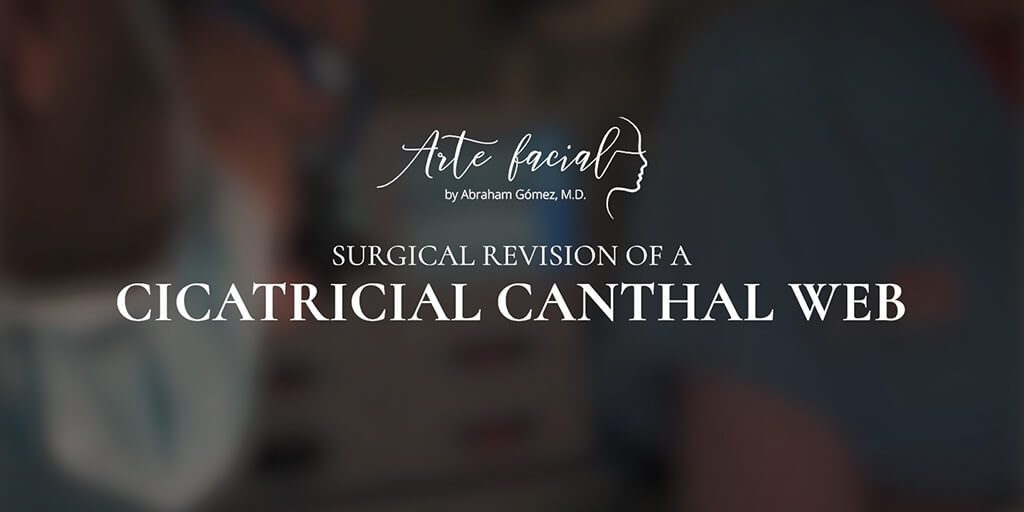Lateral canthal webbing is one of the most difficult eyelid conditions to manage. Trauma and previous surgery are the main causes.
Combining a Y-V advancement flap with Z-plasties is useful. This technique was first described by Guy Massry M.D.
The first step consists of drawing the arms of the Y-V advancement flap. Next, two Z-plasty marks are drawn extending out from the Y.
A 30-gauge needle is employed to inject 1cc of local anesthesia underneath the skin flaps.
The skin flaps are incised with a #15 surgical blade.
The next step consists of meticulous dissection of the skin flaps.
Extreme care is taken to preserve the blood supply to the flaps.
A high-temperature, or Bovie, cautery is used for hemostasis.
Removing subcutaneous scar tissue will benefit the healing process.
Mobilization of the Z-plasties completes de Y-V advancement.
Multiple 6-0 Vicryl sutures are utilized to approximate the flaps.
Complete rotation and apposition of the flaps is achieved.
An improvement in the cicatricial web may be observed as soon as 3 weeks after surgery.
For a detailed explanation, see the original article: Massry G. Cicatricial canthal webs. Ophthalmic Plast Reconstr Surg 2011 Nov-Dec;27(6):426-30.











 |
|